Interview: Architect Anne Holtrop On Material Gestures & Designing Maison Margiela’s New Stores
By Keshav AnandHailing from Amsterdam and based in Bahrain, architect Anne Holtrop’s diverse projects span hotels, museums, runway sets, exhibitions, retail spaces and residences. Process-led and relishing in the quality of raw materials, Holtrop’s distinct approach has garnered him a discerning following. Among his eponymous studio’s recent projects are the Sheikh Isa Bin Ali Al-Khalifa Museum, the Siyadi Pearl Museum, Murad Boutique Hotel, and the new retail identity for Maison Margiela in collaboration with John Galliano. Appointed professor of architecture and design at the ETH in Zurich in January 2019, Holtrop continues to expand upon his fascinating materials research. To learn more about the architect’s practice, the thinking behind the new Margiela London flagship, and what’s next, Something Curated spoke with Holtrop.
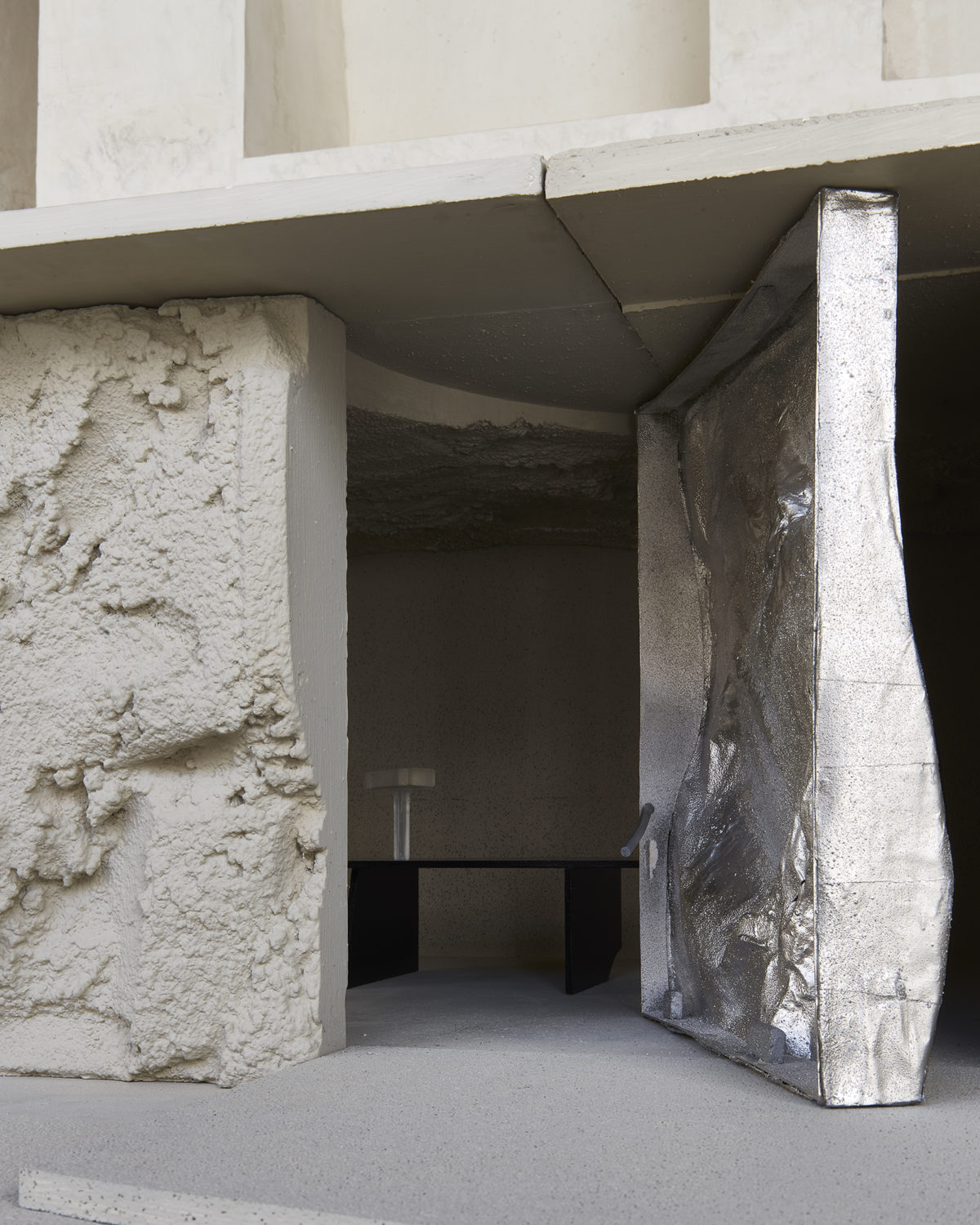
Something Curated: Can you give us some insight into your background; how did you enter this field?
Anne Holtrop: My initial idea during high school was to pursue art but I changed my mind to architecture. I started studying architecture after I finished building engineering school. However I was always interested in working as an artist and after my graduation I became the assistant of artist Krijn de Koning for around 5 years. I was really happy to work and learn from him, as it opened up so many possibilities and offered a sense of freedom that I could apply within architecture. After five years I build my first project, Trail House, for an exhibition organised by an art institute, Museum De Paviljoens in Almere.
SC: What are you currently working on and how is the present pandemic affecting the way you operate?
AH: We are working on several projects at the moment of which many are in construction phase. We are lucky not to be affected by the pandemic. The virus arrived earlier in Bahrain than in most of Europe and the government here responded well in time with taking measures. Still we have to be alert and take precautions but we could continue all this time on our work in the studio and on the building sites. At the moment we have under construction in Bahrain: the Qaysariyah Suq, Murad Boutique Hotel, Green Corner Building. And in design we are working on a galleries building on a large palm tree land, and the Siyadi Pearl Museum. Outside of Bahrain we work on flagship stores for Maison Margiela in Osaka, New York, Paris and Shanghai, and the first boutique of the French jewellery designer Charlotte Chesnais.
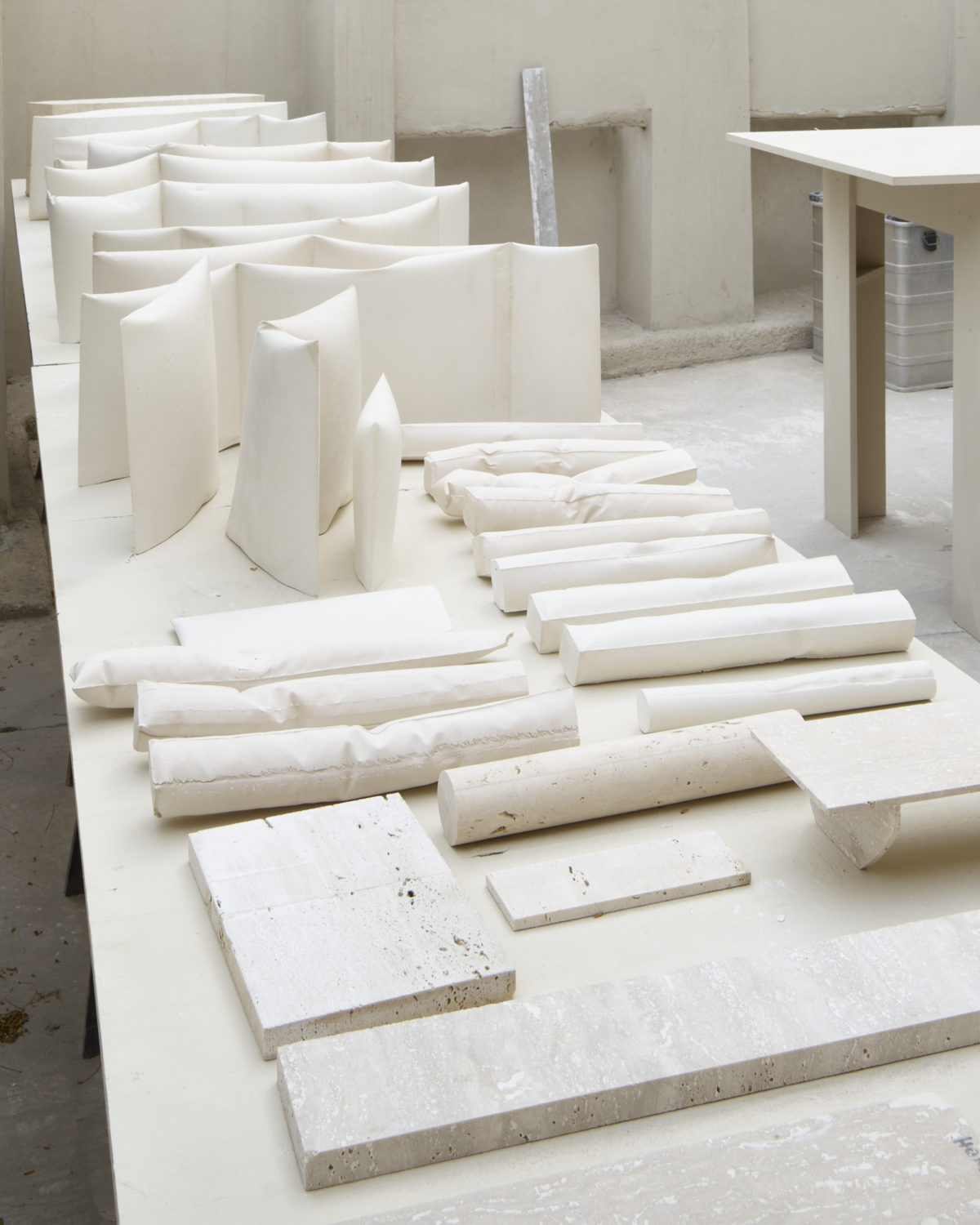
SC: Can you expand on the thinking behind the new Maison Margiela flagship store in London, in particular, the incredible cast walls you created?
AH: The store is almost completed and will open as soon as the situation allows it in London. This will be the first new store design for Maison Margiela we did. In our work for Maison Margiela and creative director John Galliano we started with defining gestures of making in relation to materials. Based on the unique codes of Maison Margiela like ‘dressing in haste’, ‘the memory of’ and the ‘décortiqué’, the material gestures are used for a new architectural identity. One of the core elements are the gypsum casts in textile formwork. Due to the flexibility of the textile, the cast results every time in a different form. After removing the textile formwork, the imprint of the textile remains visible on the surface of the walls and columns – together with the pleats of the textile and volume of the gypsum that pushed the formwork out. The walls and columns are typical architectural elements. They are the primary space definers.
A second material gesture and in reference to the décortiqué technique by John Galliano, we made a language of incomplete rectangular forms based on paper cuts. It is the imperfection of the paper cut form that gives it its character. When several forms are put together to make a mirror or table, the misfits stresses the incompleteness of the forms. The forms are cut out of a white stained travertine. Normally the porosity of travertine is carefully filled with an epoxy in exactly the same colour of the stone. With our infill of a white epoxy the porosity of the stone adds an exaggerative drawing, a staining, of the material itself.
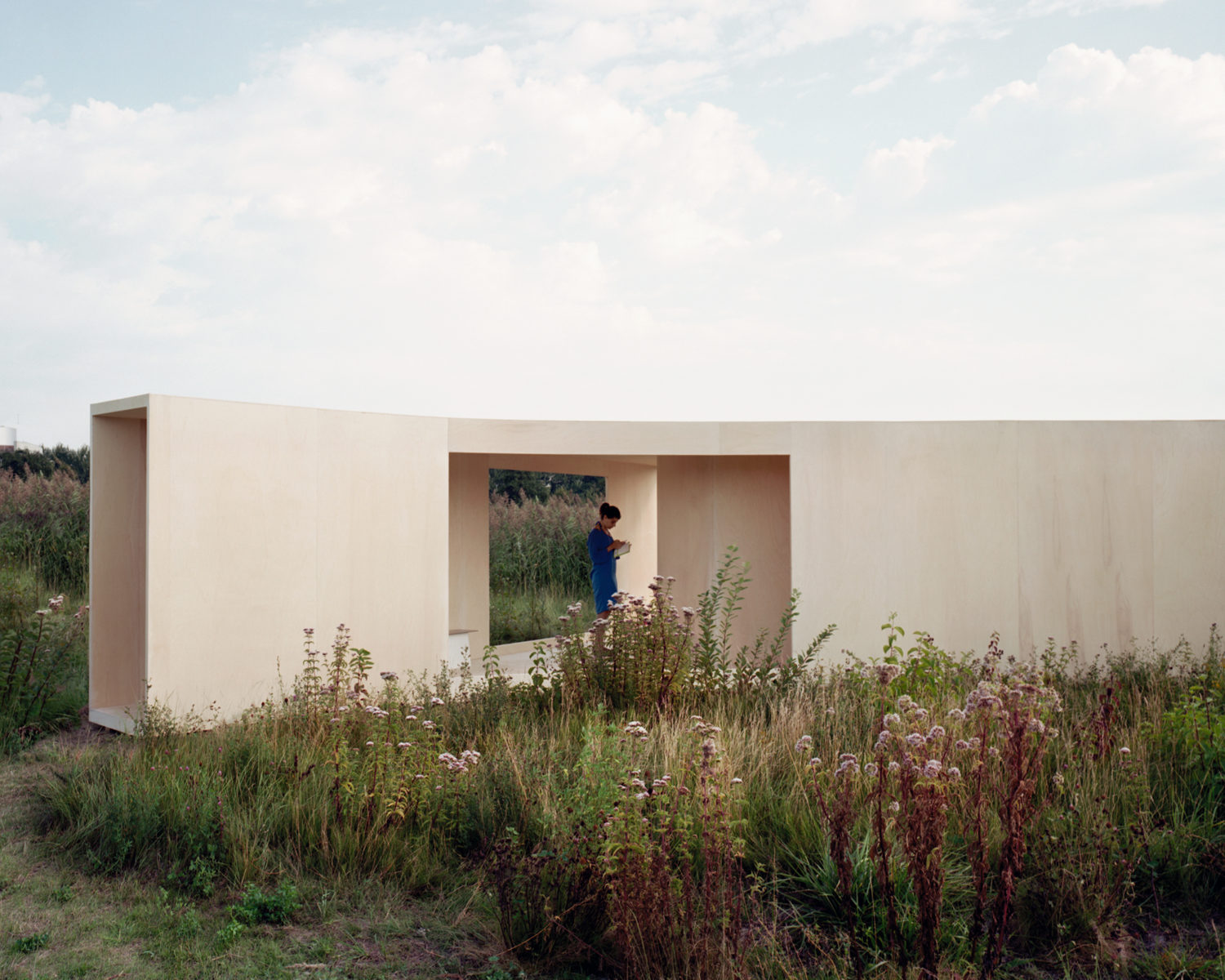
SC: Are there any materials or processes that you’re especially enjoying exploring currently?
AH: The materiality of an architectural project is often understood as its construction and expression. My own association with material has shifted towards one that focuses on the process of working a material and the unique gestures dictated by a particular material, which I call material gesture. This shift of focus enables me to find form and an expression of architecture as a result of intervening in the process of making. The architecture that results from this approach is not referential or representational, neither is it an abstraction, it simply attempts to exist as its own physical reality.
Most of our material experiments and research relates to altering matter in its fluid state, before it sets and hardens. The way the material flows and forms against the boundaries of sand, textile, partial form work and the space it is made in, all become aspects that express the change of the material state and define the form of the architecture. At the moment we work with the casting of concrete, gypsum, glass and aluminium – all materials that in their fluid state are casted in a specific way. For Green Corner Building we cast concrete and aluminium in sand for different parts of the building. Each material defines its own possibilities and constraints and I love to get fully involved in the processes of making.
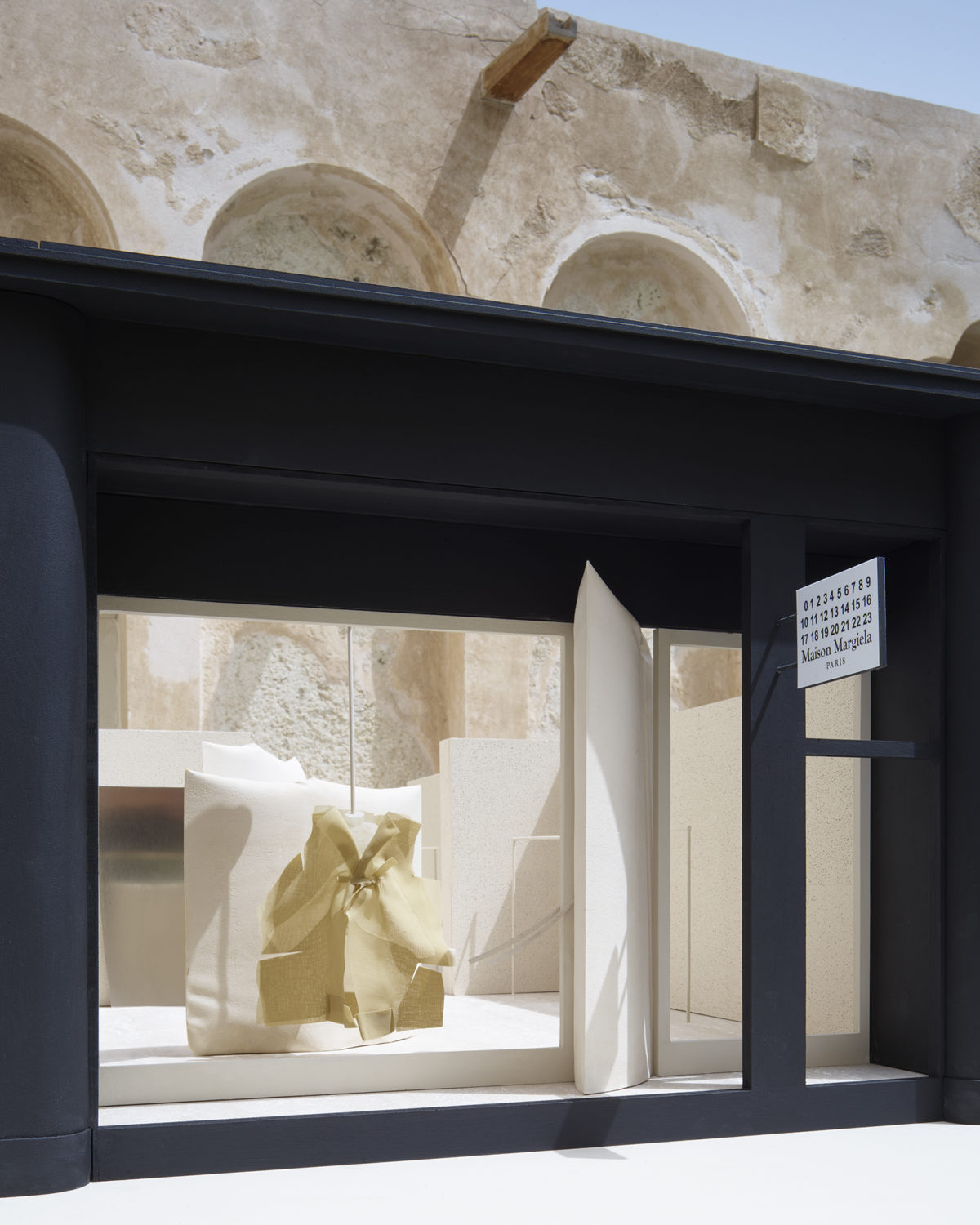
SC: How did you approach designing Bahrain’s pavilion at the 2016 Venice Architecture Biennale; and what was the experience like?
AH: I moved to Bahrain in 2014 after I had won the competition for the Expo Pavilion for Bahrain in Milan, which we completed in 2015. For the Venice Architecture Biennial in 2016, I wanted to research Bahrain through its materiality. Aluminium is strongly present in Bahrain, because the first aluminium smelter in the Gulf region was already inaugurated in 1968 in Bahrain and is today the fourth largest single-site smelter in the world. It continues a history of metal trade that finds its roots in the third millennium BC when the Islands were at the crossroads of the regional trade route for copper and tin.
The smelter was initiated as an effort to diversify the economy away from its reliance on oil by broadening the industrial infrastructure although incidentally heavily relying on the oil industry and its by-products. At roughly the same time, standardised products of construction such as window frames, cladding panels and others also made their entry into the Island and progressively infiltrated all aspects of the construction process partially disconnecting building from local context. Today, aluminium cladding of high-rises and towers, and increasingly in the re-cladding of older facades, is one of the most visible expressions of contemporary architecture in Bahrain.
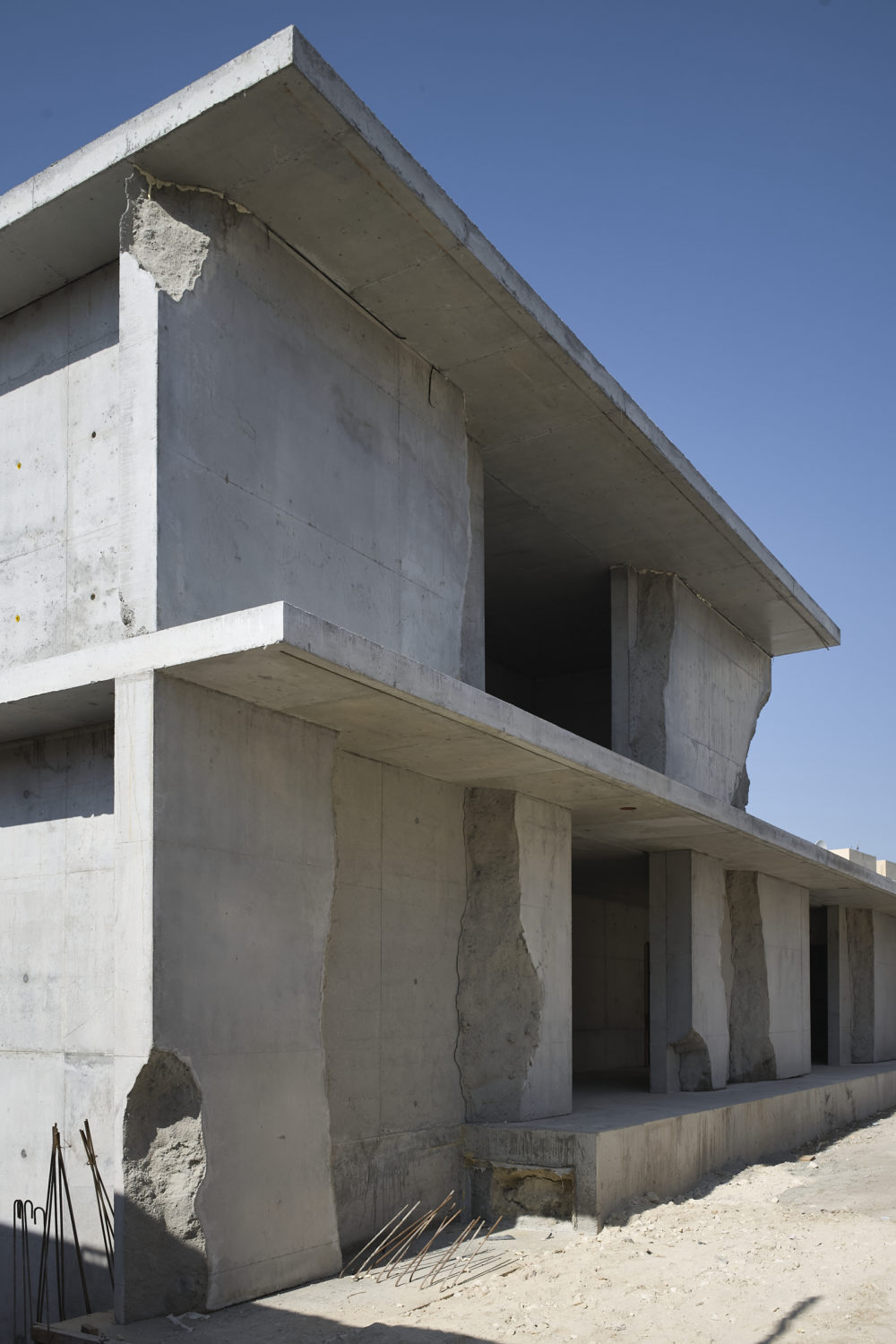
The presence of the smelter, also developed a local economy of aluminium – both formal and informal. Alongside large local-based international companies producing typical by-products of aluminium, smaller workshops have developed with a focus on a smaller-scale production of aluminium. Through an investigation of the gestures in the production processes of aluminium, we made an installation together with filmmaker and photographer Armin Linke. In our work, using film, photography and sand-casted aluminium as a building material, we attempted to extract a different potential of the material use.
SC: What do you want to learn more about?
AH: At the beginning of 2019 I started my professorship at the ETH in Zurich. With my assistants and the students and the impressive research done at the ETH, we explore different types of materials and applications. The aim of this approach is to find innovative ways of making that link with one or the other production aspects such as: application techniques, formwork and casting methods, material performance, composites, re-use, structural techniques, sustainability and weathering. The programme is structured in a cycle of three semesters, each of them addressing a specific subtopic within the general topic of what I call material gesture. The three subtopics are Raw Material, Site and Anthropocene. For the first subtopic, Raw Material, its first iteration looked into gypsum, as a research into one specific material and its possible applications. The research focused on the history, the mining and the usage of gypsum as an applied material, an additive in mixes, for moulding, for water purification and as a material substitute.
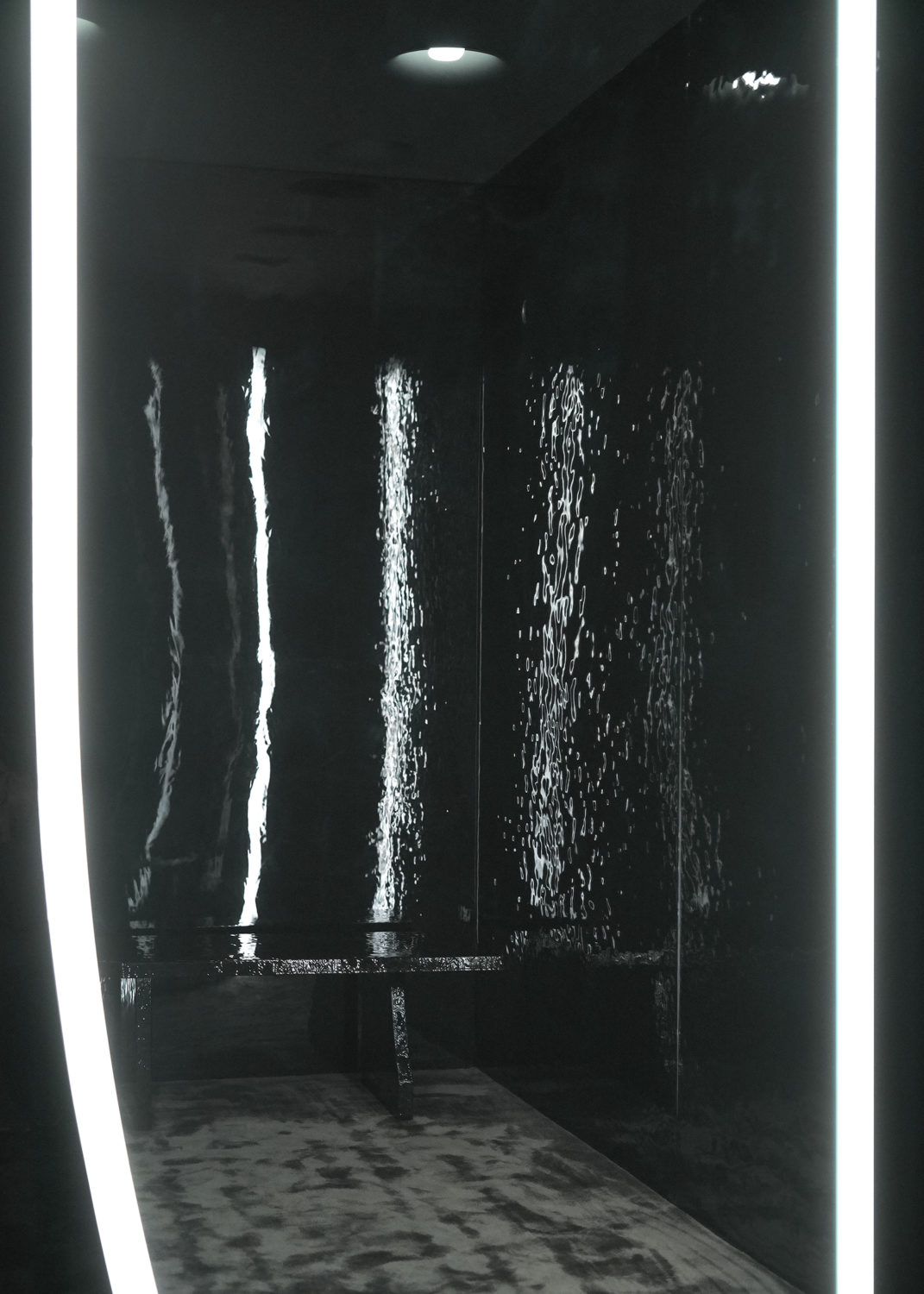
Site is approached from a geological perspective: how the landscape is formed (its history and natural changes), where we source our base materials from (stone, chalk, clay, sand) and the influence of human intervention on our environment (quarries, mining, drilling), with the aim to better understand the relationship between material sourcing and material production and building construction and the environment we are creating. The third subtopic focuses on the Anthropocene, a new era in which humans are the primary cause of permanent planetary change. The research concentrates on the sourcing and production of materials that do not exist in nature such as aluminium, plastics and synthetic materials made from oil. We are preparing at the moment our second semester in Raw Material, which will be this time on stone. It is probably the most widely available material, but we work little with it, other than as a finishing material. I look forward to starting research on its renewed possibilities.
SC: And what are you currently reading?
AH: I am reading two books at the moment – a book edited by Philip Ursprung on Herzog and De Meuron, which was published on the occasion of an exhibition Ursprung curated and its title is Natural History. The book is 20 years old now, but still I find it refreshing how Ursprung and the other writers in the book explore the materiality in and of the work of H&dM. The other book is Robert Macfarlane’s Underworld, which explores everything below the earth surface. My specific interest in it is that almost all materials we work with come from below the earth surface and in order to build and to make, we mine. We therefore build on two sites: the mining site and the construction site.
Interview by Keshav Anand / Feature image: Model, Maison Margiela, Bruton Street, London (Courtesy Anne Holtrop)